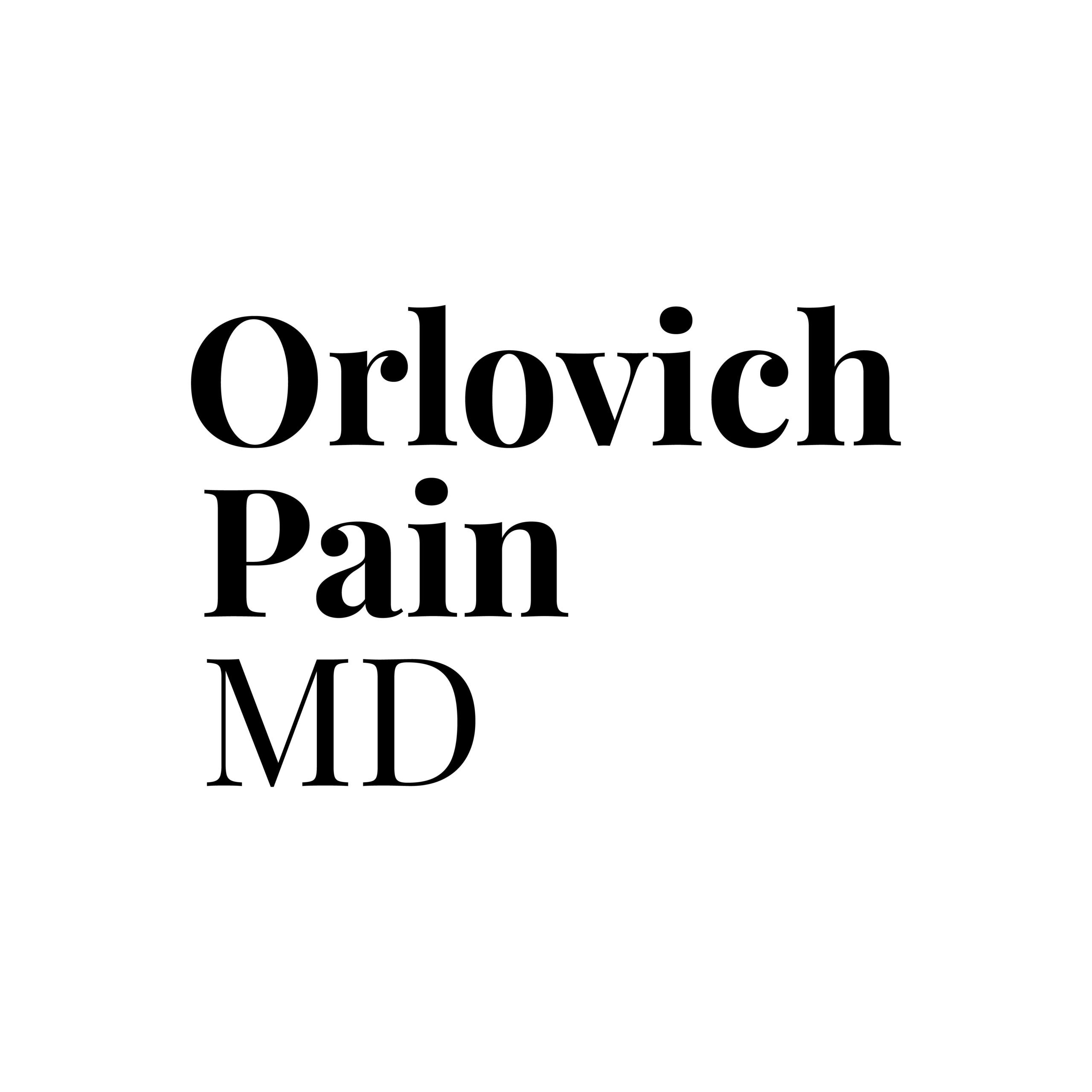Neck pain is a pervasive issue affecting millions worldwide, stemming from various causes such as poor posture, muscle strain, and stress. Its prevalence underscores the need for effective pain relief methods. This blog post aims to delve into the realm of topical solutions—creams, balms, and patches—as promising avenues for alleviating neck pain.
A. Brief Overview of Neck Pain
Neck pain, often characterized by discomfort, stiffness, or aching, can significantly impact one’s quality of life. It may result from muscle tension, poor ergonomics, or underlying health conditions. As a common ailment, neck pain necessitates accessible and targeted relief mechanisms.
B. Importance of Topical Solutions
Topical solutions, applied directly to the skin, have gained prominence in managing neck pain due to their localized effects and reduced systemic side effects compared to oral medications. These solutions provide a targeted approach, addressing pain at its source while minimizing the risk of adverse reactions commonly associated with systemic medications.

Understanding Topical Pain Relief
A. How Topical Treatments Work
Topical treatments, including creams, balms, and patches, work by delivering active ingredients through the skin to the underlying tissues. This localized application allows for targeted pain relief. The skin acts as a barrier, and these products utilize various penetration enhancers to facilitate the absorption of therapeutic compounds, providing relief directly at the pain site.
B. Common Ingredients in Topical Pain Relievers
Topical pain relievers often contain specific active ingredients known for their analgesic and anti-inflammatory properties. Menthol and camphor create a cooling sensation, while NSAIDs (Nonsteroidal Anti-Inflammatory Drugs) like diclofenac and salicylates reduce inflammation. Lidocaine, a local anesthetic, numbs the area to alleviate pain. Understanding these ingredients helps users choose products aligned with their specific needs.

Types of Topical Pain Relief
A. Creams and Lotions
Pain relief creams and lotions are popular for their easy application and rapid absorption. These formulations typically contain a combination of active ingredients and moisturizing agents. Users appreciate their convenience and the ability to integrate them seamlessly into their daily routines.
B. Balms and Salves
Balms and salves, distinguished by their thicker consistency, offer a more emollient application. This viscosity ensures sustained contact with the skin, making them suitable for individuals with drier skin or those seeking longer-lasting effects. The soothing nature of balms also provides an added layer of comfort.
C. Patches
Pain relief patches stand out for their simplicity and prolonged efficacy. These adhesive patches contain active ingredients that are gradually released over an extended period. They are particularly convenient for those with busy schedules, providing consistent relief without the need for frequent reapplication.

Choosing the Right Topical Solution
A. Consideration of Individual Preferences
Selecting the right topical solution involves considering individual preferences such as scent, texture, and potential sensitivities. Some may prefer odorless products, while others might find relief in the aromatherapeutic qualities of certain formulations. Testing a small amount before widespread use helps identify the most comfortable and effective option.
B. Understanding Pain Types
The nature of neck pain, whether acute or chronic, influences the choice of topical solution. Acute pain may benefit from cooling formulations, while chronic conditions might find relief in warming balms. Tailoring the choice to the specific type of pain optimizes the effectiveness of the topical treatment.
Tips for Effective Application
A. Proper Application Techniques
To maximize the benefits of topical treatments, proper application techniques are crucial. Users should follow product-specific instructions, ensuring even distribution and thorough massaging into the skin. This enhances absorption and promotes the active ingredients’ efficacy in targeting pain receptors.
B. Frequency and Timing
The frequency and timing of application depend on the product and individual needs. Understanding when to apply a topical solution—whether before or after certain activities—can enhance its effectiveness. Consistency in application contributes to sustained relief over time.
Safety Precautions and Potential Side Effects
A. Common Side Effects
While generally considered safe, topical pain relievers may have side effects such as skin irritation, redness, or rash. Users should be aware of these potential reactions and discontinue use if adverse effects persist. Seeking medical advice before starting a new pain relief regimen is prudent.
B. Interactions with Other Medications
It’s essential to consider potential interactions between topical solutions and other medications or medical conditions. Some ingredients may interact with blood thinners or cause allergic reactions. Consulting healthcare professionals ensures a holistic understanding of one’s health and minimizes risks.
User Testimonials and Reviews
A. Incorporate Real-Life Experiences
Real-life experiences shared by users offer valuable insights into the effectiveness of specific products. Positive testimonials highlight successful outcomes, while a variety of perspectives provides a nuanced understanding of how different individuals respond to various topical solutions.
Importance
1. Localized Relief:
Topical solutions provide localized relief by directly targeting the affected area. This targeted approach allows for the concentrated delivery of active ingredients to the site of pain, minimizing the impact on the rest of the body.
Reference: Boswell MV, Trescot AM, Datta S, et al. Interventional techniques: evidence-based practice guidelines in the management of chronic spinal pain. Pain Physician. 2007;10(1):7-111.
2. Reduced Systemic Side Effects:
Compared to oral medications, topical treatments often result in fewer systemic side effects. This is particularly crucial for individuals who may be sensitive to or experience adverse reactions from systemic medications.
Reference: Gammaitoni AR, Alvarez NA, Galer BS. Safety and tolerability of the lidocaine patch 5%, a targeted peripheral analgesic: a review of the literature. J Clin Pharmacol. 2003;43(2):111-117.
3. Ease of Application:
Creams, balms, and patches offer user-friendly application methods, allowing individuals to incorporate pain relief into their daily routines seamlessly. This ease of use contributes to better adherence to treatment plans.
Reference: Mason L, Moore RA, Edwards JE, Derry S, McQuay HJ. Topical NSAIDs for acute pain: a meta-analysis. BMC Fam Pract. 2004;5:10.
4. Targeting Specific Pain Types:
Different formulations cater to specific types of pain. For instance, cooling creams may be beneficial for acute muscle strains, while warming balms may provide relief for chronic conditions. This versatility enhances the likelihood of finding a product suitable for an individual’s unique pain profile.
Reference: McCrory P, Turner-Stokes L, Wade DT. Topical analgesics in the management of acute and chronic pain. In: Pain Reviews. Vol 5. Elsevier; 1998:241-253.
5. Convenience and Accessibility:
Pain relief patches, in particular, offer a convenient and long-lasting solution. Their adhesive nature allows for sustained relief without the need for frequent reapplication, making them suitable for individuals with busy lifestyles.
Reference: Schnitzer TJ, Ferraro A, Hunsche E, Kong SX. A comprehensive review of clinical trials on the efficacy and safety of drugs for the treatment of low back pain. J Pain Symptom Manage. 2004;28(1):72-95.
Questions
What causes neck pain?
Neck pain can be caused by various factors, including poor posture, muscle strain, injury, stress, and underlying health conditions.
How do topical treatments work for neck pain?
Topical treatments work by delivering active ingredients through the skin to the underlying tissues. These ingredients often have analgesic and anti-inflammatory properties, providing targeted relief.
What are the advantages of using topical solutions over oral medications for neck pain?
Topical solutions offer localized relief with reduced systemic side effects compared to oral medications. They also provide a targeted approach directly at the pain site.
What are common ingredients in topical pain relievers?
Common ingredients include menthol, camphor, NSAIDs (like diclofenac), salicylates, and lidocaine. Each ingredient serves a specific purpose, such as reducing inflammation or numbing the area.
What types of topical solutions are available for neck pain?
Creams, balms, and patches are common types of topical solutions. Creams and lotions are easy to apply, balms offer a thicker consistency, and patches provide prolonged relief.
Conclusion
In summary, topical pain relief for neck pain offers a targeted and accessible approach. Creams, balms, and patches cater to diverse preferences and pain types, allowing individuals to choose what aligns best with their needs.
Readers are encouraged to explore different options and consult with healthcare professionals to find the most suitable topical solution for their specific circumstances. Tailoring the approach ensures a personalized and effective strategy for managing neck pain.
References
- AAOS Neck Pain Information
- Mayo Clinic – Neck Pain
- NIAMS Neck Pain Information
- WebMD Neck Pain Overview
- PubMed – Topical Analgesics Review
- Cochrane Library – Topical NSAIDs Review
- Healthline – Topical Pain Relief Guide
- Arthritis Foundation – Topical Pain Relief
- MedlinePlus – Topical Pain Relievers
- NCCIH – Pain Information






